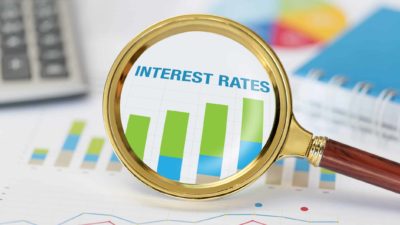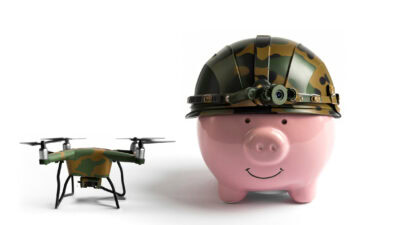The S&P/ASX 200 Index (ASX: XJO) was already struggling for some traction today, down 0.1% at 11:30am AEDT on Wednesday.
That's' when the Australian Bureau of Statistics (ABS) released the latest Australian inflation data, covering the September quarter.
In the minutes following that release, the ASX 200 dropped to an intraday loss of 0.4%.
Investors have been eagerly awaiting a confirmed fall in inflation to within the Reserve Bank of Australia's 2% to 3% target range.
That confirmation should see the RBA finally join in with other major global central banks, including the US Federal Reserve and European Central Bank, in cutting interest rates.
The official cash rate in Australia remains at 4.35% for now, with the RBA meeting twice more in 2024 to discuss any changes. The RBA's next meeting takes place next Tuesday, 5 November.
With those potential interest rate cuts in mind, here's what ASX 200 investors learned from the ABS just now.
ASX 200 dips on stubborn core inflation
ASX 200 investors are a bit jittery amid the latest inflation data, with the ABS reporting the Consumer Price Index (CPI) rose 0.2% in the September quarter and 2.8% annually.
Commenting on the latest data, Michelle Marquardt, ABS head of prices statistics, said:
The September quarter's rise of 0.2% is the lowest outcome since the June 2020 quarter fall which occurred during the COVID-19 outbreak and was driven by free childcare.
Annually, the September quarter's rise of 2.8% was down from 3.8% in the June quarter. This is the lowest annual inflation rate since the March 2021 quarter.
However, the inflation battle isn't done and dusted quite yet.
Likely adding some pressure to the ASX 200 today, the ABS noted that prices in Australia continued to rise for most goods and services. However, these price increases were offset by large falls in electricity and automotive fuel prices.
Australia's trimmed mean (or core) annual inflation, the number that matters most to the RBA, came in at 3.5%.
"The trimmed mean excluded the significant falls in both Electricity and Automotive fuel this quarter, alongside other large price rises and falls. As a result, trimmed mean annual inflation of 3.5% was higher than CPI inflation of 2.8%," Marquardt said.
In a promising trend, annual core inflation did come down from 4.0% from the June quarter.
The biggest drivers to the CPI price increases were recreation and culture, up 1.3%, and food and non-alcoholic beverages, up 0.6%.
Electricity prices were subdued thanks to government rebates.
According to Marquardt:
The 2024-25 Commonwealth Energy Bill Relief Fund rebates in all states and territories and state government electricity rebates in Queensland, Western Australia and Tasmania led to a large fall in electricity prices this quarter. Without the rebates, electricity prices would have increased 0.7% this quarter.
What does this mean for interest rates in Australia?
With inflation continuing to come off the boil, RBA interest rate cuts are looming.
But with the 3.5% annual core inflation print still coming in above the high end of the RBA's target range, I expect ASX 200 investors will be waiting until the early months of 2025 before the central bank begins easing.
On the bright side, cooling price increases should at least put any further rate hikes off the table.









